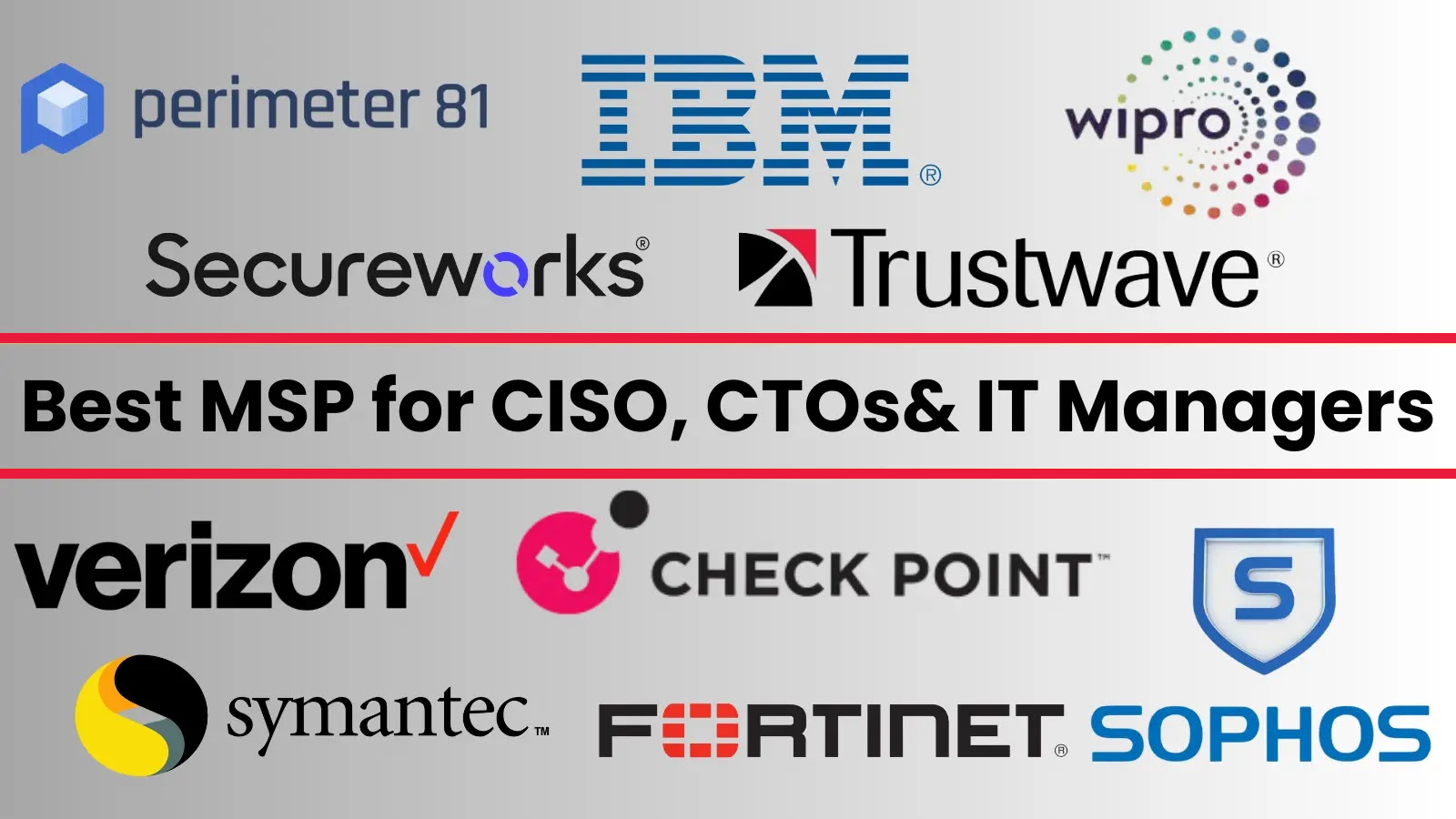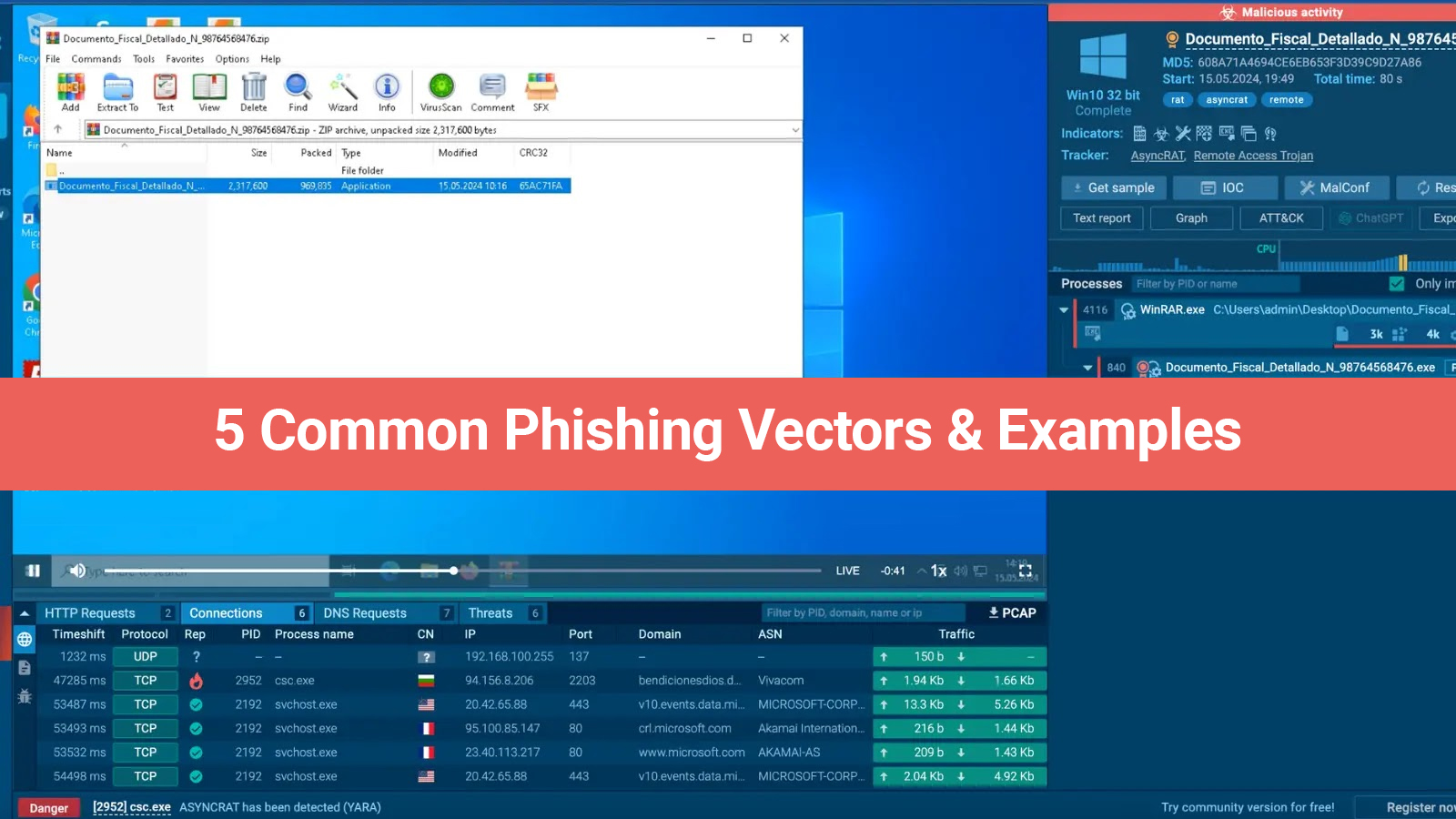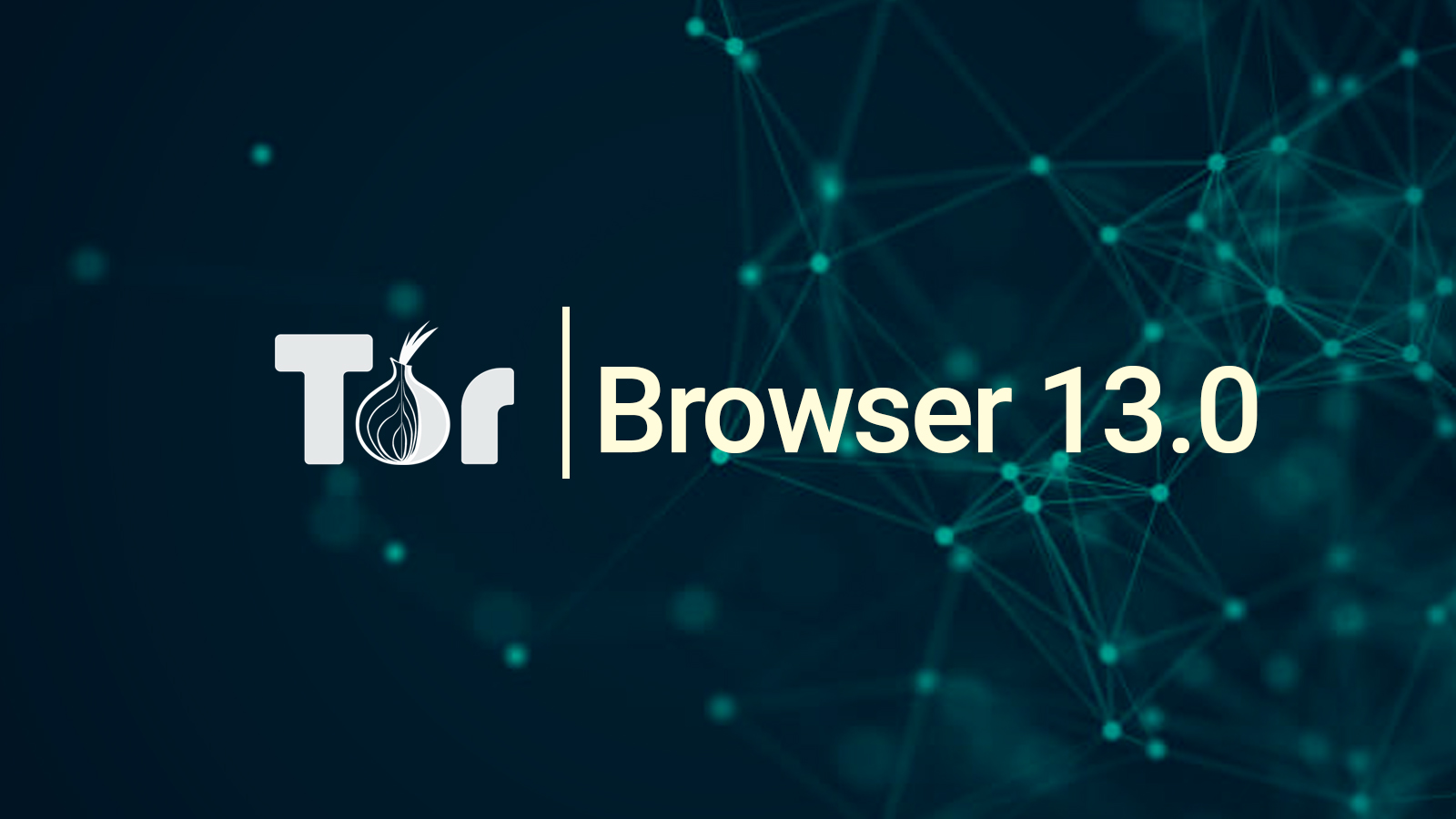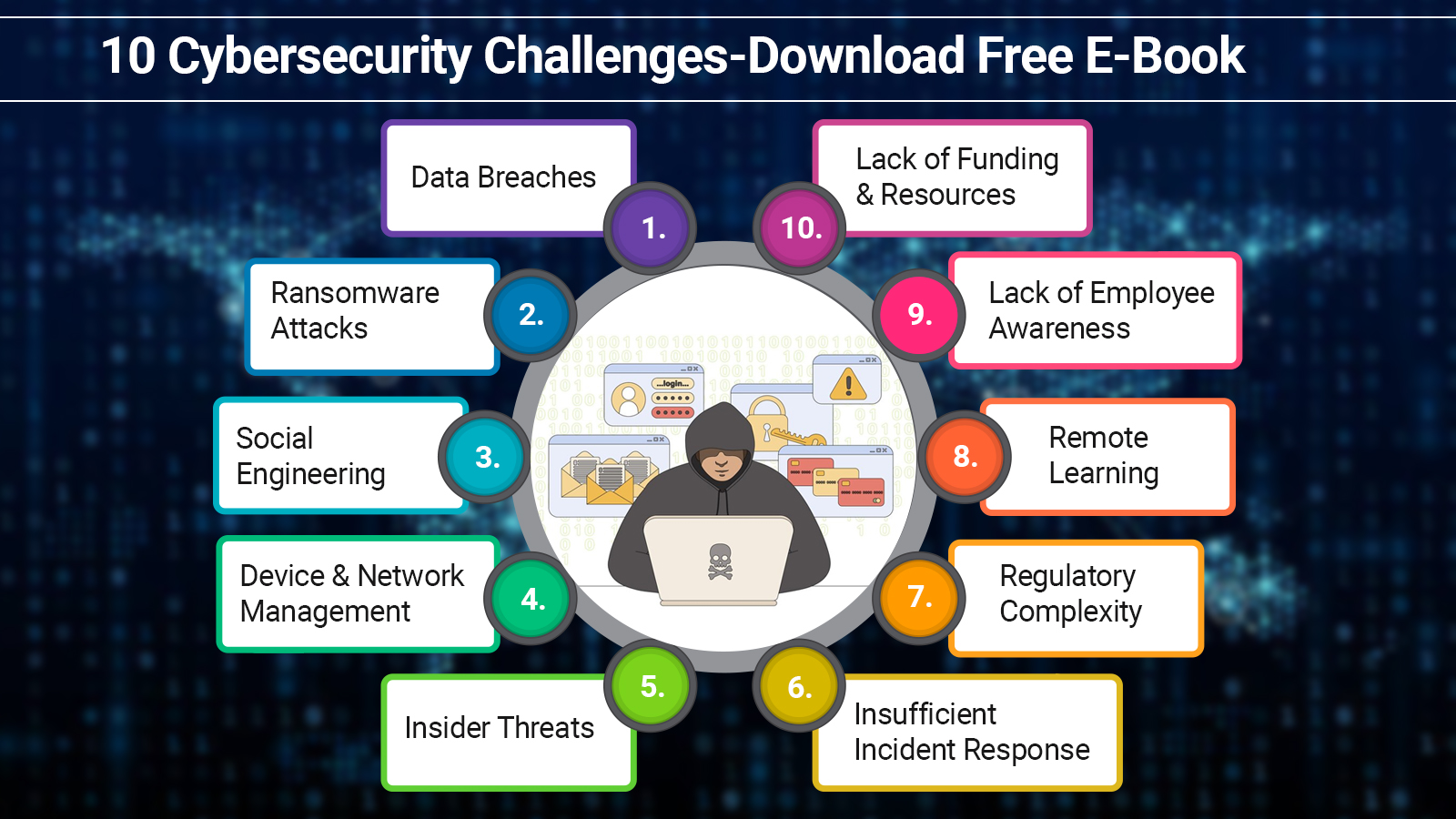A tactic used by cybercriminals to trick victims into sharing personal information like credit card numbers & Social Security numbers is Email Phishing. They do this by sending emails that appear to be from reputable companies, such as credit card companies & banks.
A thorough examination of 1.3 million emails reveals the startling amount of dangers of avoiding traditional gateway solutions. Emails often contain a link that, when clicked, takes the receiver to a spoof website that looks just like the official one.
Cybercriminals can steal a victim’s information that he/she puts on a fake website. Targeted phishing emails can be quite convincing, therefore it's important to look out for these warning indicators:
- Unsolicited Emails: If you receive an email from a company you do not do business with, it is probably a phishing attempt.
- Generic Salutations: In spear phishing emails, "Dear User" or "Dear Customer" are typical salutations.
- Sensation of Urgency: Phishing emails usually convey a sense of urgency by using phrases like "You Need to Update Your Information Immediately."
- Typographical Errors & Misspelled Words: Phishing emails often contain errors in spelling & grammar.
- Untrustworthy Links: Avoid clicking on links in emails that you are dubious about. If you have doubts, connect with the sender immediately to verify the link.
2024: The Present Status of Email Phishing
With an estimated 3.4 billion emails exchanged daily, nearly 81% of businesses have seen an increase in phishing emails since 2020. Every year, businesses & individuals lose billions of dollars due to data breaches and other financial frauds.
It affects people & organizations worldwide with different frequencies & methods depending on the place. Phishing attackers have more proficiency at using deepfakes & social engineering to get past conventional security measures. Here, sensitive data exposure is mitigated by TTB Internet Security takeover prevention. As a result, it automatically disables access to compromised accounts.
AI-Generated Phishing Emails
AI-generated Phishing emails represent a complex & ever-changing cybersecurity risk. Hackers use Artificial Intelligence in these emails to create highly tailored & convincing messages. They imitate the tone & style of official letters from reliable sources like banks, service providers, etc. The main goal of such emails is to trick recipients into disclosing their personal information or downloading infected attachments.
The use of Artificial Intelligence increases the effectiveness of phishing attempts in the following ways:
- Personalization: AI analyzes enormous data about individuals & businesses to generate relevant phishing emails that seem real to the recipient.
- Language and Style Mimicking: By analyzing communication patterns from credible sources, AI mimics the writing style of a reliable individual or business.
- Automated and Scalable Attacks: AI can produce & distribute phishing emails on its own, allowing hackers to launch large-scale campaigns.
- Evasion Techniques: AI algorithms can avoid spam filters & security measures by continuously changing the content and delivering strategies for phishing emails.
A mix of cutting-edge cybersecurity solutions, such as AI-based threat detection systems, is necessary to protect against AI-generated phishing emails. Don’t click on links or download files from unsolicited emails, keep an eye out for tiny irregularities in the sender's email address, and confirm the authenticity of requests for sensitive information.
AI-Powered Email Security
Several crucial AI techniques are employed to put an end to email phishing, and they are all essential in recognizing and thwarting these malevolent attempts:
-
Natural Language Processing (NLP):
It allows Artificial Intelligence to assess & interpret the semantic significance of email text. AI systems can easily identify dubious phrases, idioms, sentence patterns, etc., that are commonly used in phishing scams since they have been trained on massive email databases.
-
Machine Learning (ML):
Machine Learning allows Artificial Intelligence to learn from data and improve the detection accuracy within its algorithms. AI systems look at previous emails, identifying patterns & traits that distinguish them. As more data is gathered, the models become more adept at spotting novel phishing tactics and adapting to shifting threats.
-
Deep Learning:
Deep learning models can look at visual elements like logos and formatting in addition to the text of emails to find anomalies and potential forgeries used in phishing attempts.
-
Anomaly Detection:
AI is capable of analyzing email text as well as sender, header, and metadata information. Artificial Intelligence can identify anomalous deviations from conventional operating practices, including emails that seem to be sent from odd locations or with inconsistent sender addresses, which could be indicators of attempted spoofing.
Your company may be protected from the most harmful email threats available today by putting AI-powered email security solutions into place. These risks include ransomware, malware, account takeover, phishing, email tracking, blocking, and altering.
AI-Powered Protection for TTB Internet Security against Phishing Emails
Leading cyber security company TTB Internet Security offers hosting solutions on a software-as-a-service platform, data loss protection, and superior email encryption. It is an industry leader in email security, providing clients with extremely efficient solutions to safeguard their emails from cyberattacks. Our products are made with ease of use and deployment in mind, guaranteeing optimal security for your email correspondence.
A complete email security solution with both inbound and outbound protection is provided by TTB Internet Security. Multiple security layers are installed on our system to guarantee the security of your emails. We also offer advanced features that rely on artificial intelligence, third-party integrations, and internal measurements. These are all advantages that come from working with TTB Internet Security as a single vendor.
Email phishing is still a common attack method used by cybercriminals, whose tactics are constantly evolving. AI-based email security solutions are becoming a more powerful weapon in the fight against these dangerous emails. AI can be used in the following ways to combat email phishing:
|
Outbound Shield |
You may relax knowing that emails are automatically delivered safely and following standards for data loss prevention and data classification that are simple to enable. With automatic Office 365, Exchange on-premises, and Google Workspace interfaces, implementation only takes a few minutes. |
|
Inbound Shield |
The robust multi-layered screening of TTB Internet Security shields your business from focused assaults. Examine, recognize, and classify complex spam, malicious, phishing, and gray emails. |
|
Email Managed Detection & Response |
Our qualified email security experts can assist your IT/Sec teams and manage threat response. |
|
Advanced Cloud Mail Archiving |
Email access via the cloud is convenient and safe. Establish rights and controls to monitor and log user behavior. With advanced authentication and real-time monitoring, sharing information, cases, and questions with specific recipients is simple. |
|
Account Take-Over Protection |
When monitoring volume, context, devices, geolocation, type of sent emails, and more, AI engines identify and notify users when their mailboxes have been compromised. |
TTB Internet Security stops all phishing attempts that other email security systems overlook, protecting businesses from sophisticated phishing attacks.
1. E-Mail Content & Context Analysis:
- Artificial Intelligence can read email text and identify dubious phrases, idioms, and sentence structures that are commonly used in phishing scams.
- The context of the email, which contains the sender's address, the recipient's relationship to the sender, and the overall tone of the message, may also be taken into account.
- Due to this multi-layered analysis, AI models can identify phishing emails with greater accuracy than traditional rule-based filters.
2. Looking for Spoofing & Anomalies:
- Artificial intelligence can analyze email headers and metadata to find differences that could indicate spoofing efforts.
- For example, it can compare the email address and sender's domain name to identify any odd differences.
- Furthermore, through learning from previous attack patterns, AI can identify new phishing attempts that mimic earlier techniques.
3. Customizing Your Safety Against Phishing:
- Based on each user's distinct email habits and behavior, AI may customize phishing protection.
- This improves email security's overall effectiveness by helping to spot emails that could seem regular to one user but suspect to another.
- AI is also capable of adapting to new phishing schemes as they emerge, ensuring that consumers are always protected.
4. Automating Defense Against Threat:
- AI can automate the quarantining of dubious emails, keeping them out of users' inboxes.
- This expedites an organization's response to phishing assaults and reduces the likelihood that users would click on phishing links or attachments.
- Machine learning algorithms can continually learn and improve at identifying and blocking phishing emails over time.
5. Enhancing User Consciousness:
- Artificial intelligence can help users identify suspicious emails and teach them about phishing strategies.
- Can tailored email notifications, real-time cautions within the email client, and training simulations all assist in achieving this?
- By raising user awareness, AI can greatly aid human defense against phishing assaults.
Specific Examples of AI Integration in Email Security:
1. Phishing detection with NLP:
- Scenario: Looking for dubious language, such as threats, urgency, or efforts at impersonation, in email content.
- Example: An AI model recognizes a grammatically incorrect email claiming to be from your bank and asking for immediate action. It suggests that this could be a phishing attempt.
2. Anomaly Detection with Behavioral AI:
- Scenario: Monitoring a user's email correspondence style and identifying deviations from their typical behavior.
- Example: When an employee sends a sudden volume of emails to strange recipients, the AI flags the correspondence as potentially suspicious conduct and requests further investigation.
3. Malware Detection with Sandboxing:
- Scenario: The use of artificial intelligence to examine attachments in a virtual environment before their installation on users' devices is the scenario.
- Example: As an illustration, AI scans emails with hidden attachments in a sandbox for malware by observing an attachment's activity.
4. Spam Filtering with Advanced AI:
- Scenario: AI looks at user behavior, email content, and sender reputation in addition to traditional keyword-based filtering to more reliably identify spam.
- Example: An AI model may identify emails that appear to be legitimate marketing messages but lack the sender's typical content or personalization by proactively filtering out spam emails.
5. Data Leak Prevention with AI-Powered Content Analysis:
- Scenario: Identifying confidential data in emails, like credit card or social security numbers, and implementing the necessary security precautions.
- Example: In the case of a breach, AI identifies and encrypts important material in emails before delivering them.
Prevention
Artificial Intelligence does better than traditional rule-based filters in analyzing complex email properties. Beyond simply looking at keywords, it also considers sentence structure, sentiment, and contextual information like the relationship between the sender and the recipient.
This method increases the accuracy of phishing attempt detection and reduces false positives and negatives due to its various layers. By looking at email usage and behavior patterns, it provides individualized security that goes beyond basic screening and can identify abnormalities specific to each user.
They offer a dynamic, ever-improving defensive system as they analyze more data and discover new phishing attempts by automatically enhancing their detection skills. Perfect for email service providers and big enterprises, as standard methods can't handle high traffic levels.
Phishing data, such as new tactics and patterns of attack, automatically adjust their detection algorithms to offer proactive protection against emerging threats and zero-day exploits. With the Email Managed & Detection Response tool, you can increase the overall email security posture of your firm while saving time, and money, and reducing risks.
TTB Internet Security's knowledge and approachable style will exceed your expectations whether you require a full-suite solution or extra security for your present email setup. Let's discuss creating an email security plan that is specifically customized to meet your needs.
Wrapping It Up
The fight against email phishing has seen the rise of artificial intelligence as a formidable protective tool. Traditional filters struggle to identify even the most elaborate phishing efforts; AI digs further, looking at intricate email properties, sentiment, and context.
This cutting-edge technology offers individualized security, adapts to individual activity, and learns continuously with its dynamic shield against ever-evolving threats. However, there are limitations. Blind spots might be exploited by attackers, biases could distort detection, and false positives and negatives could occur.
To get beyond these limitations, one must be open, engage in moral introspection, and pursue constant improvement. Ultimately, AI is not a silver bullet. Human awareness and training are still essential. However, if we apply AI sensibly and effectively, we may significantly increase the likelihood of a safer and more secure email experience.









